
Strongly disputed or, on the contrary, idealized, the pilgrimage on the occasion of the feast of St. Paraskeva of Iasi represents a social reality that is difficult to ignore, a true reflection of the actual situation in modern Romania.
Through the images commented below, I have tried to bring to your attention some of the “other” reality of this pilgrimage, in the hope that you will better understand what is really happening, what is happening there on earth.
The combination of text and image is an attempt to reconcile two “Romanians” who give the impression that they no longer understand each other.
The city of Iasi has always been proud of the lost capital, like an old woman who cannot come to terms with the idea that she has lost her beauty. During the pilgrimage, the city even becomes the capital of the country again, for a few days, because the religious holiday is felt literally everywhere.
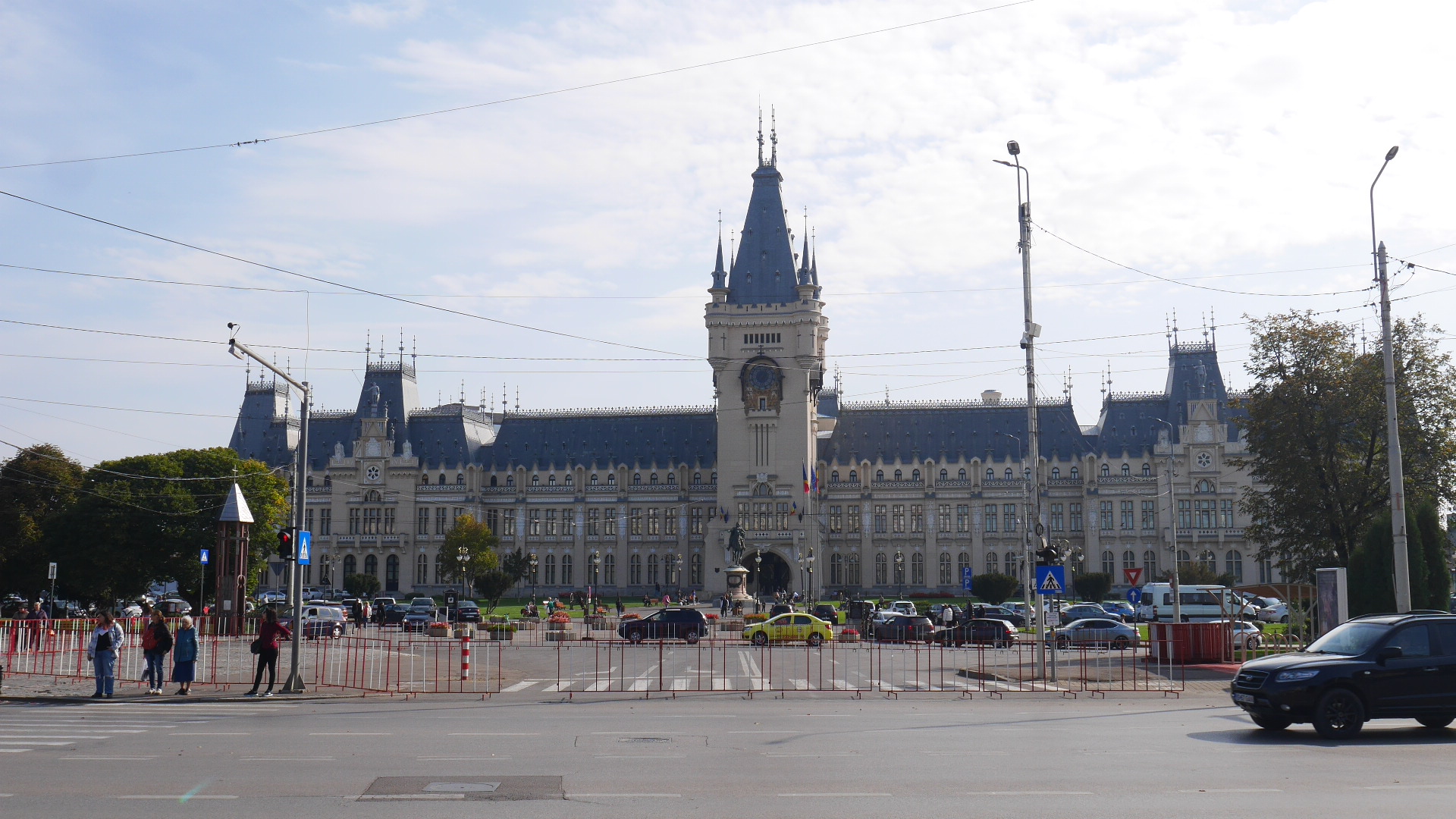
Pilgrim’s step: springy, flexible, hasty, joyful. Maybe I’m idealizing. Or maybe not:
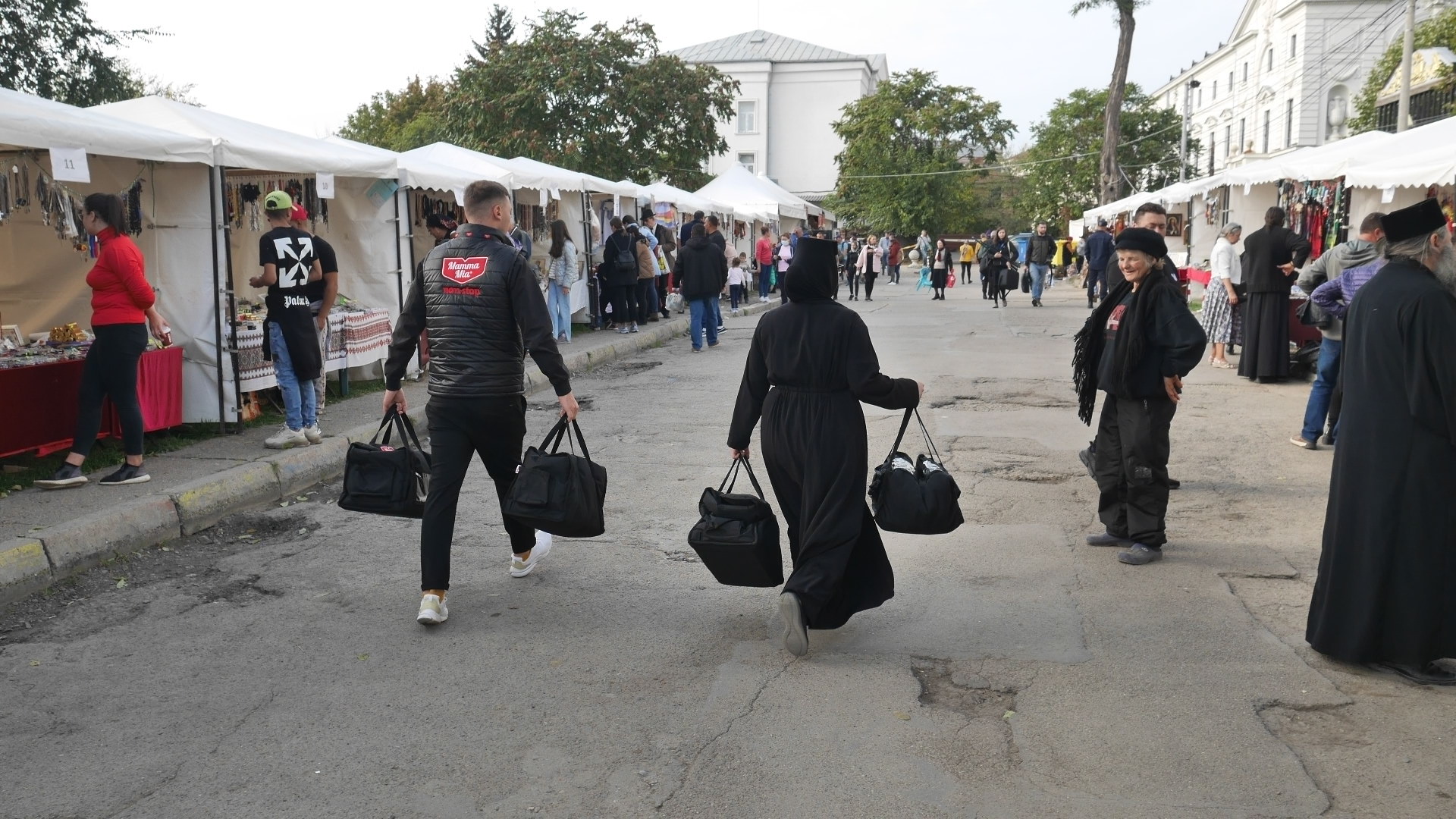
In these October days, I think they are the most photographed agents in Romania. Precisely because of their anachronistic and slightly threatening atmosphere.
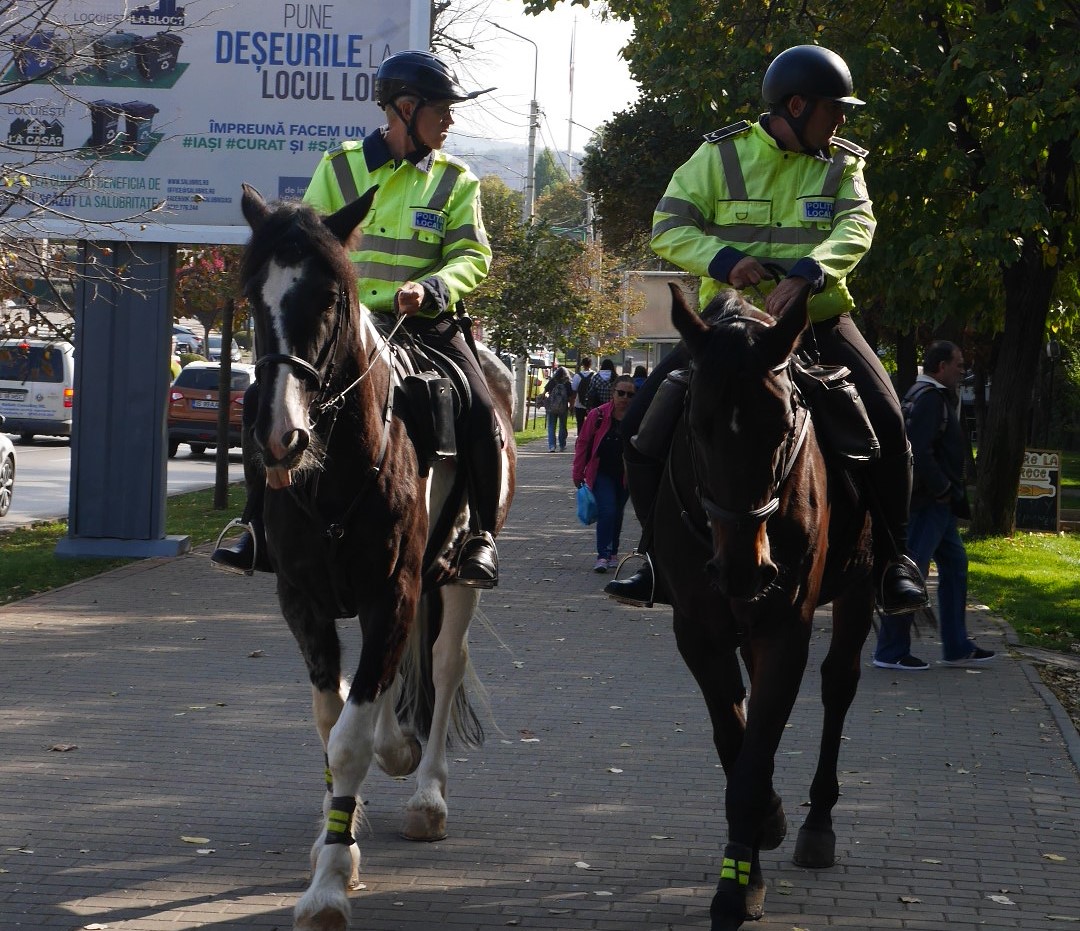
Ageasma from pilgrimage, “holy water”. Symbolism of water in religion, in its orthodox version. A treatment for some, a simple souvenir from Yass for others, filling the containers is an inevitable gesture for pilgrims:
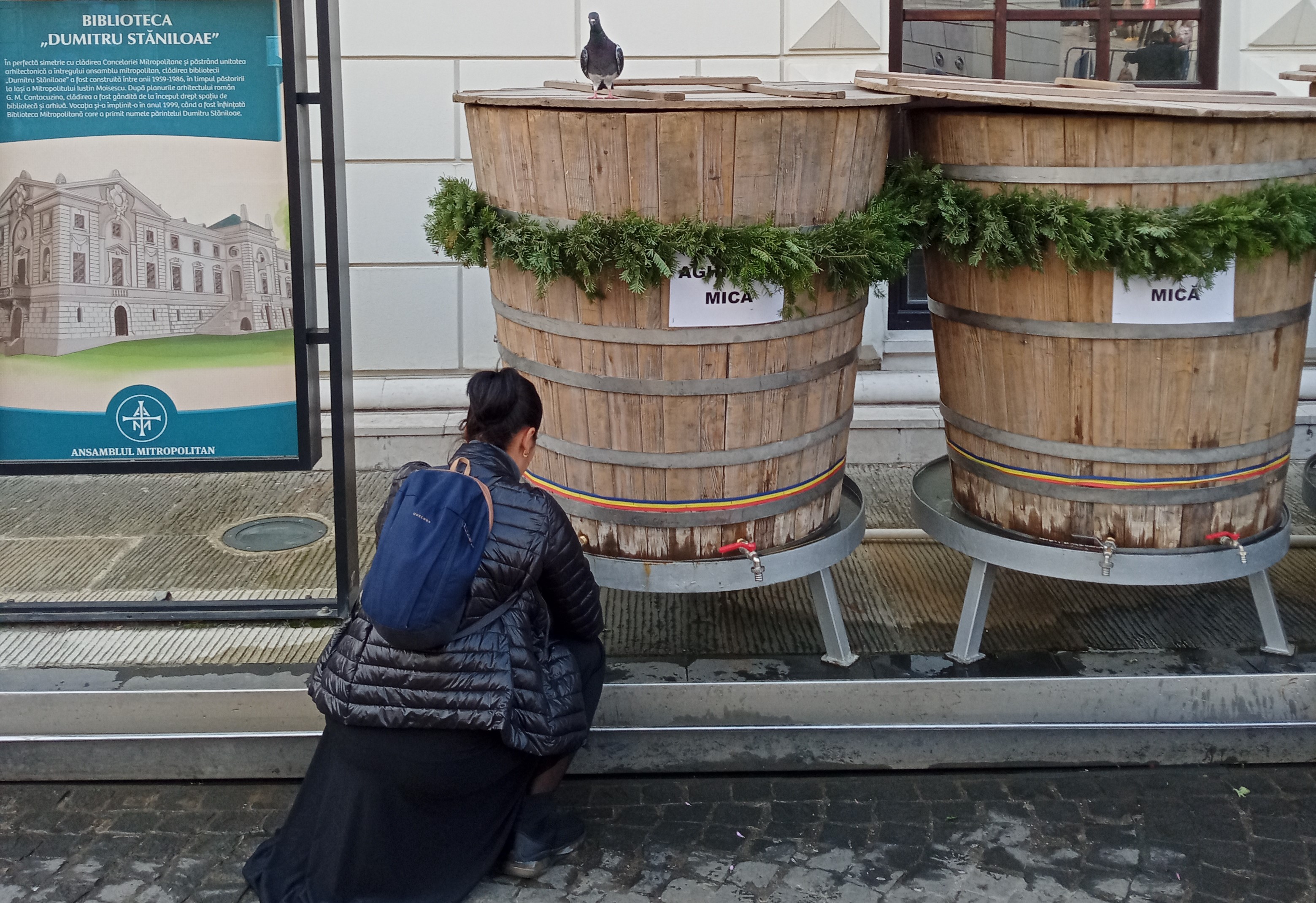
Waiting queue: a living organism that moves, stirs, rejoices, gets angry, vibrates, in unison:
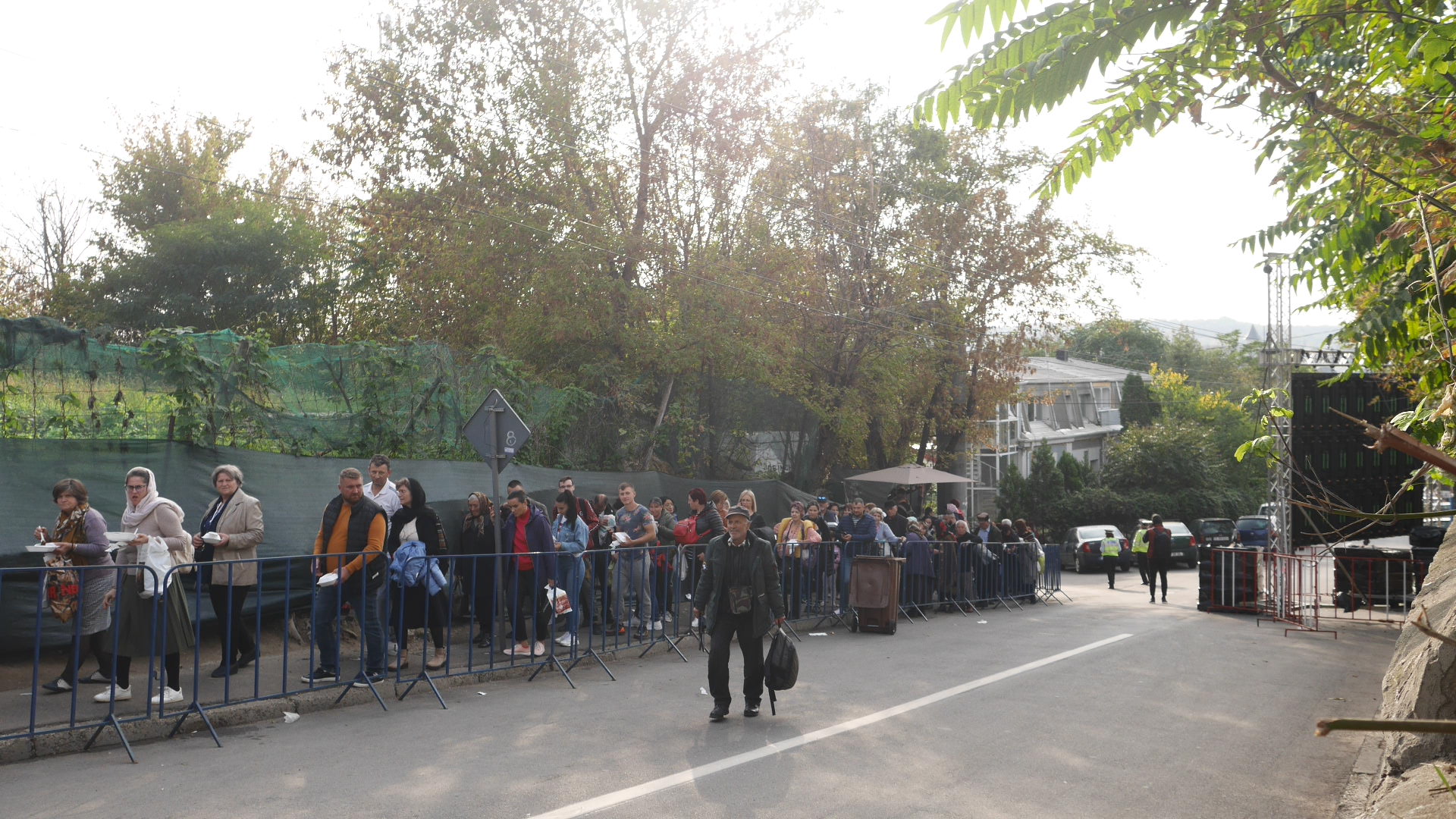
Memories of Covid, or How I Got Through It: With Talent, Effort and Stealth:
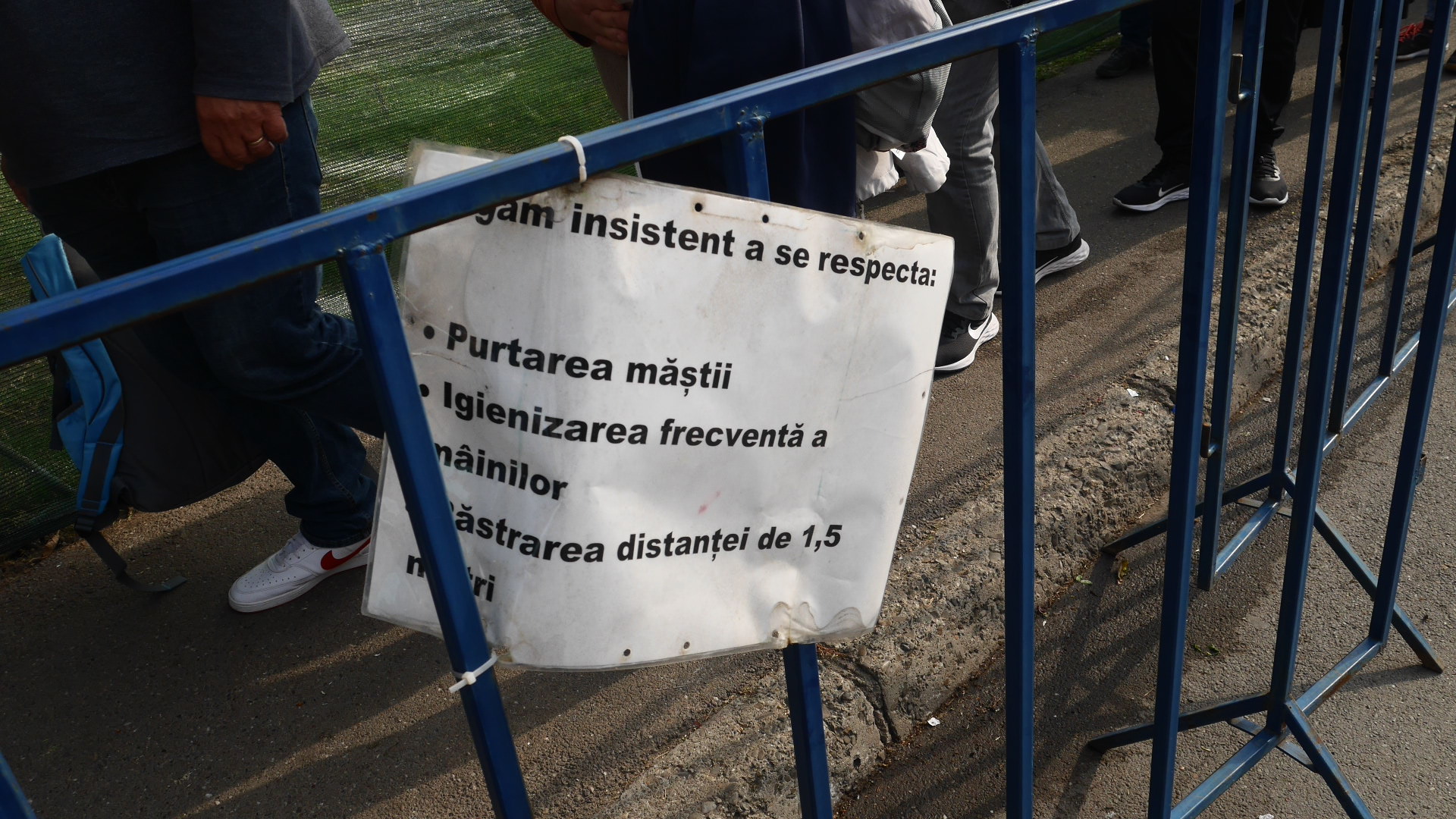
A pilgrim’s binomial: a prayer book and a casserole with sausages. “Official” trinkets distributed by the organizers. New hygiene regulations established stricter rules for food distribution. Unfortunately, I say that the beauty of the pilgrimage, as a phenomenon of popular religiosity, also lay in this variety of food that was spontaneously offered to the pilgrims.
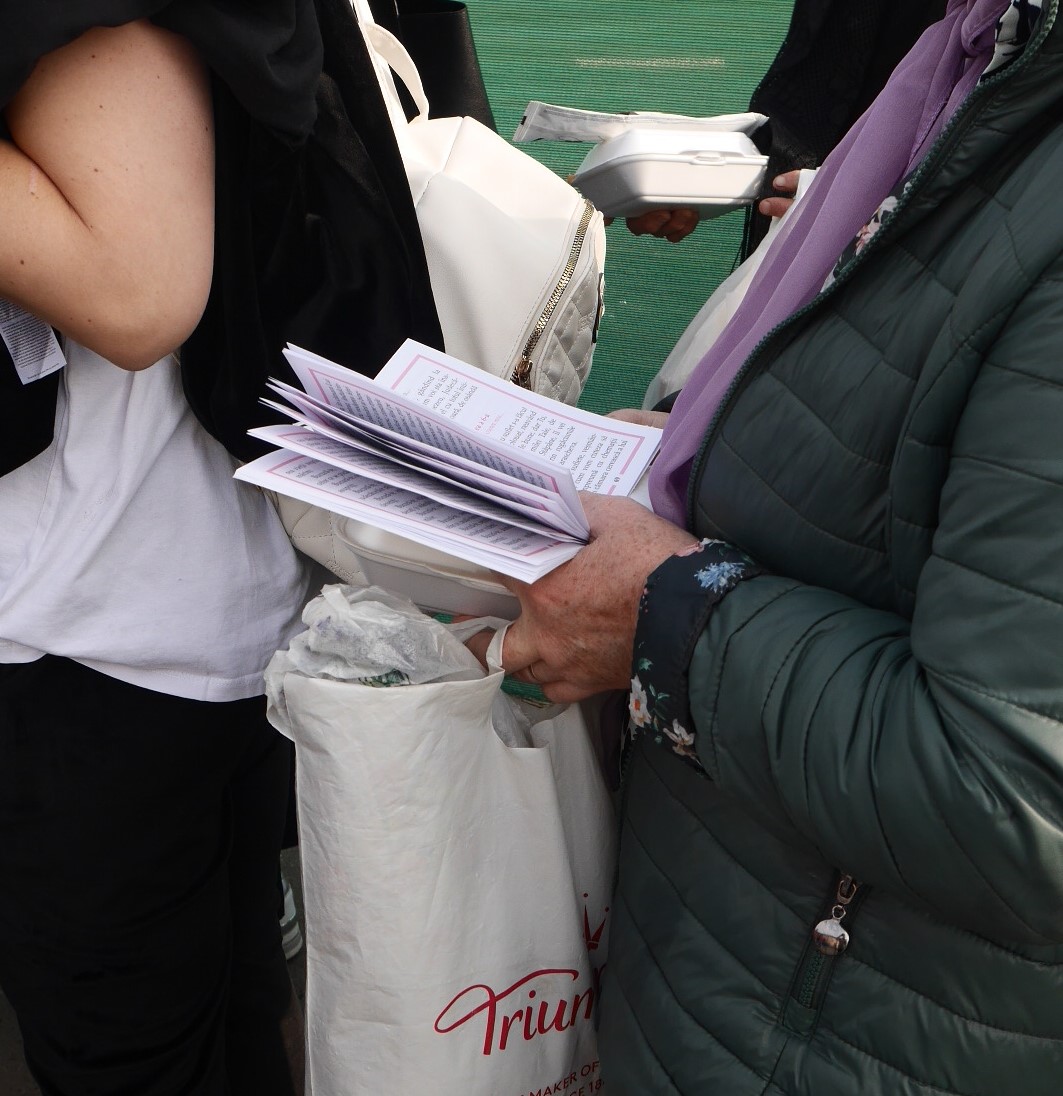
The series is measured in hours. From this moment on, pilgrims have to wait a maximum of 40-50 minutes, hence their more relaxed attitude. Plus recent purchases of souvenirs and religious items:

The flower-decorated dome of the reliquary dominates the space and attracts attention:

A state of relaxation, emotional “relaxation” after leaving (passing) to the shrine. As if a dam filled with souls is emptied in a controlled manner:
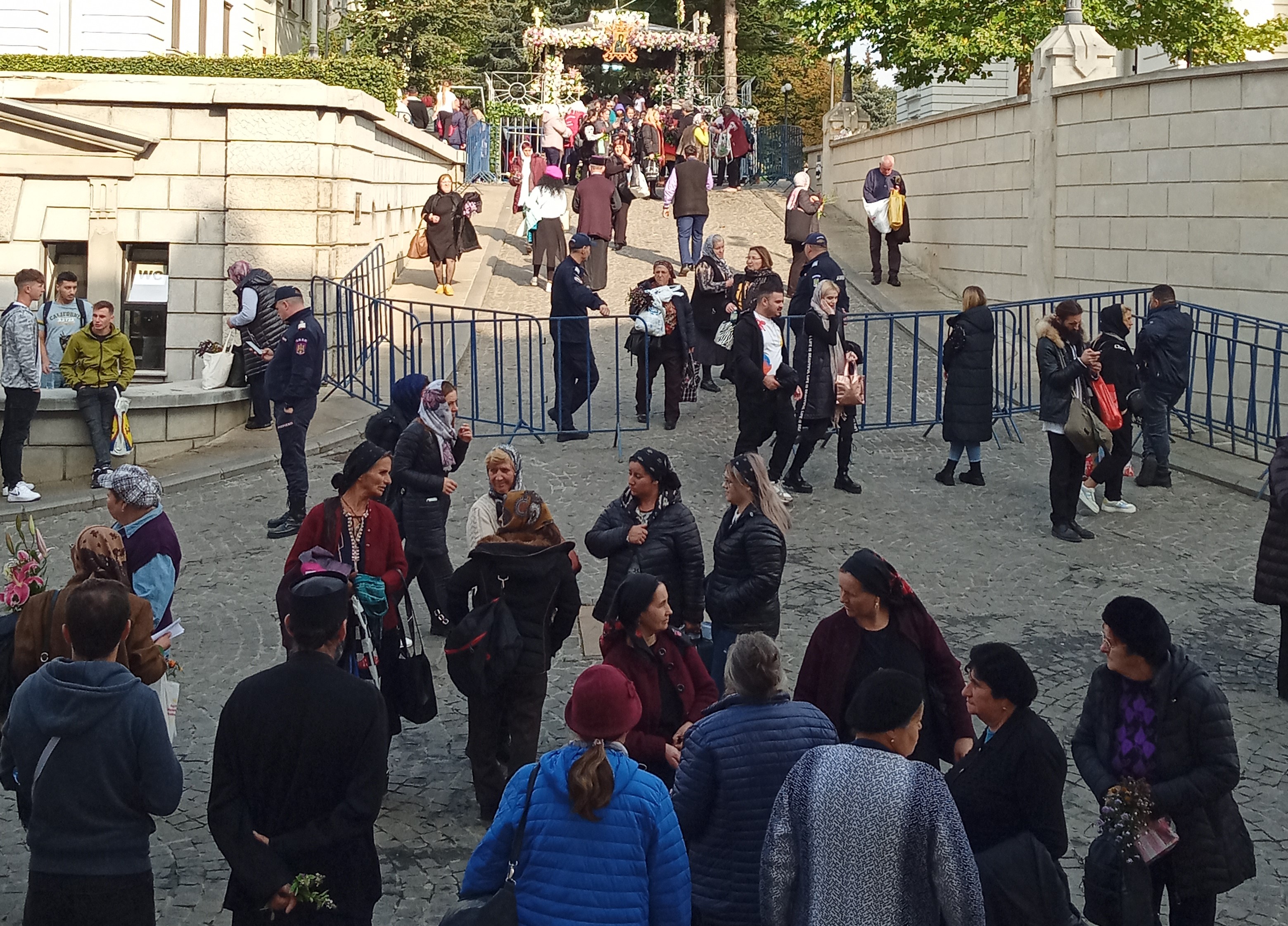
Handkerchiefs to put in the box, sold on a whim, so as not to attract the attention of the gendarmes. The sacred, “power” of the relics is transmitted to the touch, it can be stored and transported even with a modest handkerchief. Which explains the touching of various relics; a funny gesture for some, essential for others:
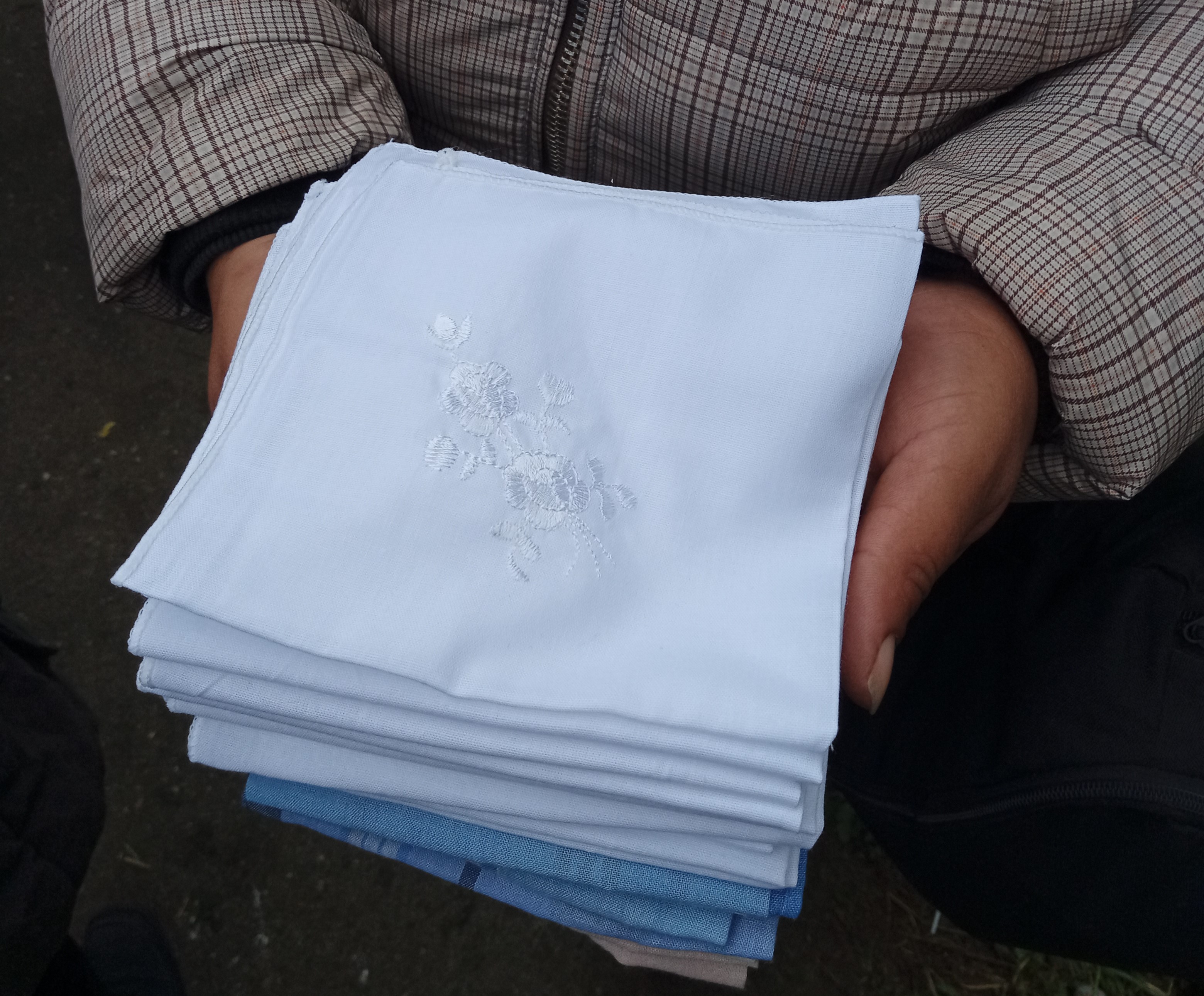
Trading at stalls along the perimeter of pilgrimage routes is a real “yard of miracles” in the literal and figurative sense. Here is a container with badger lard (badger in Ukrainian) – apparently from Ukraine. “Good for everything, but especially for pneumonia,” the woman offering it for sale tells me with conviction:
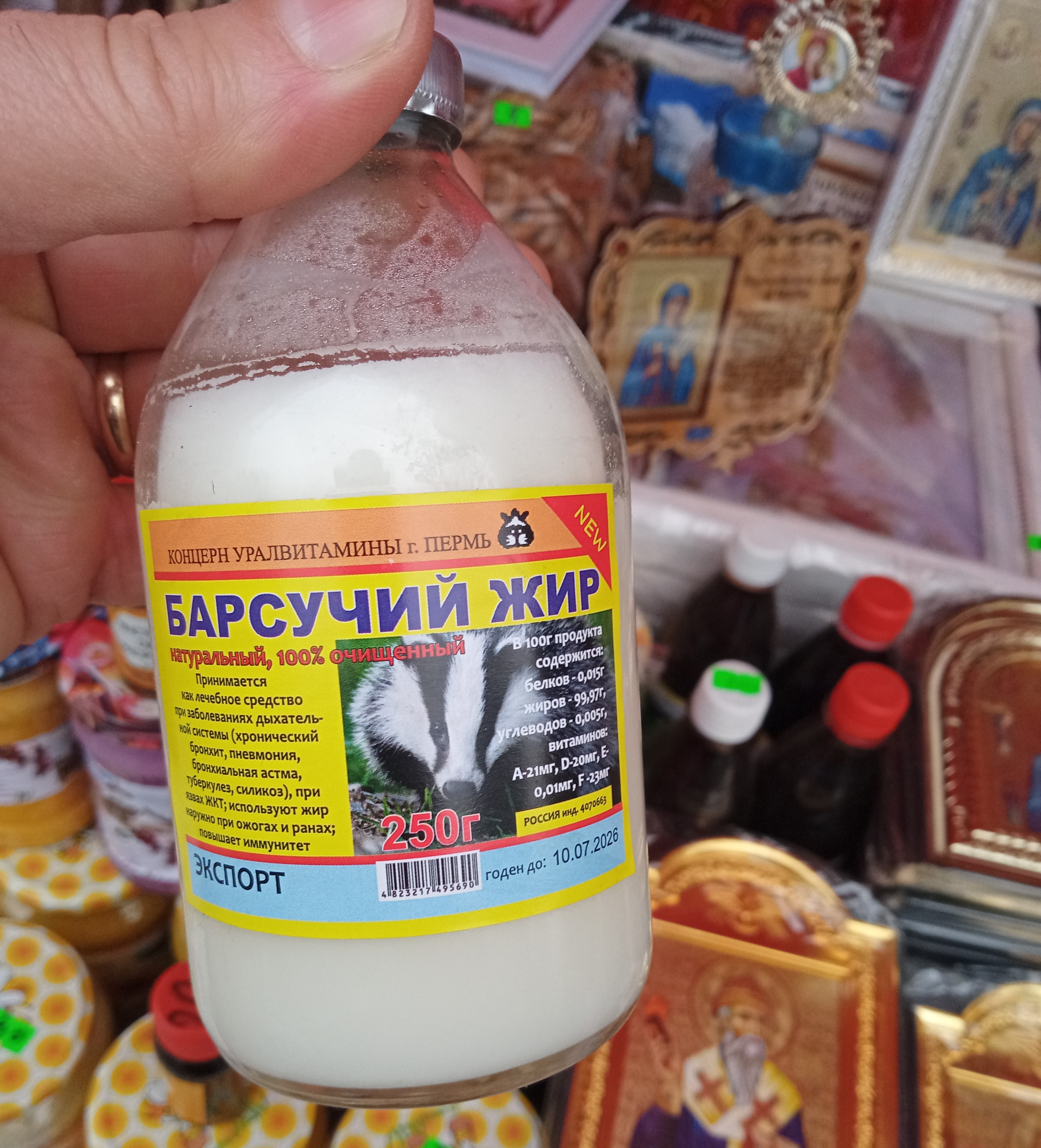
Under the indifferent gaze of pilgrims, the wonderful “Turkish bath” of the city, a memory of our past connected with the East, is being revived. There will be a center of modern art here:
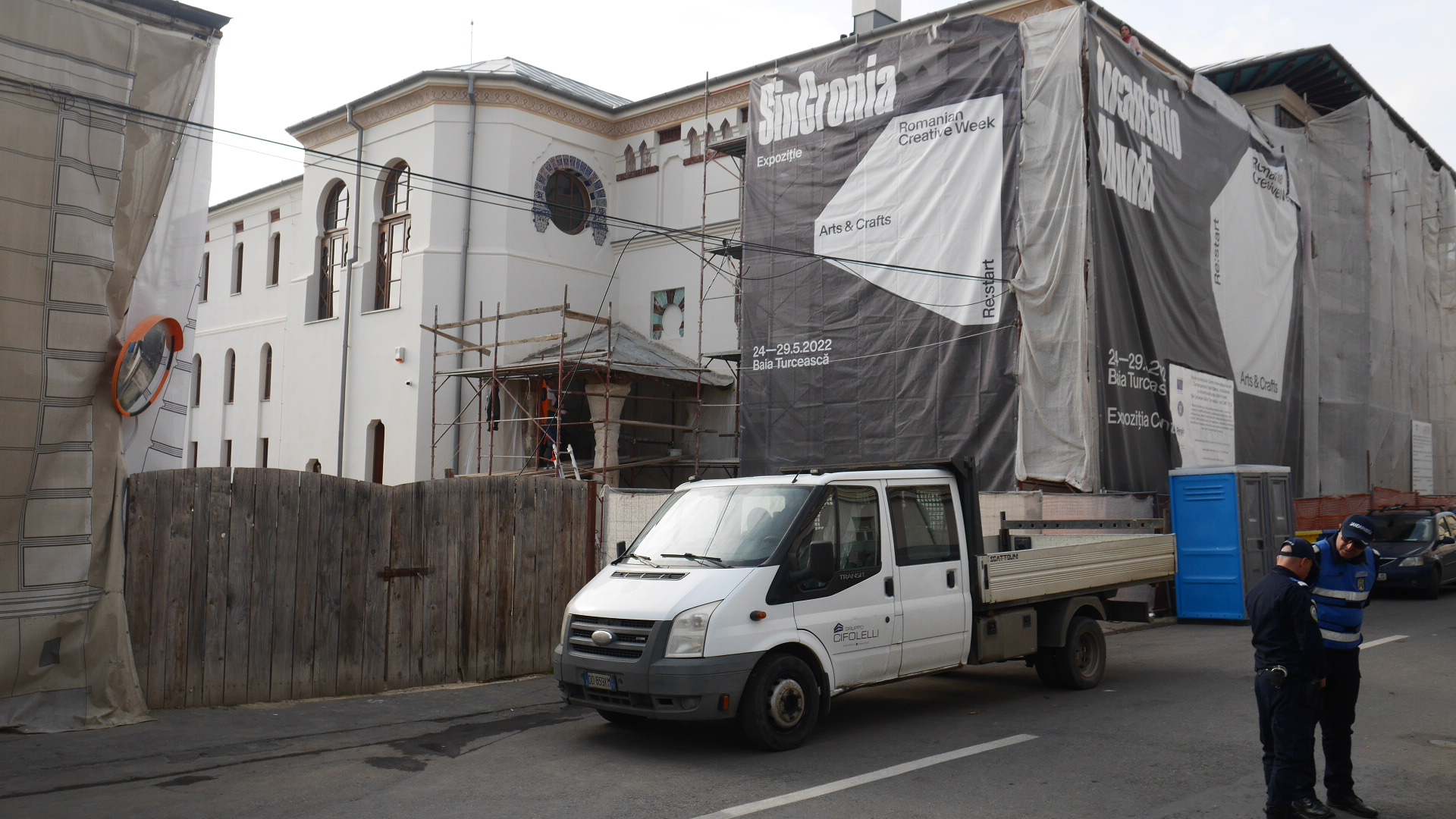
What is kitsch? Sweet, gooey, undefined matter, but which makes our existence on earth more bearable:

In the cathedral of Iasi, a rather difficult and cold night of all-night vigil has been announced. “Distant” pilgrims, sometimes coming from great distances, prepare to meet it. Unfortunately, they are becoming fewer and fewer, which indicates changes in our society:
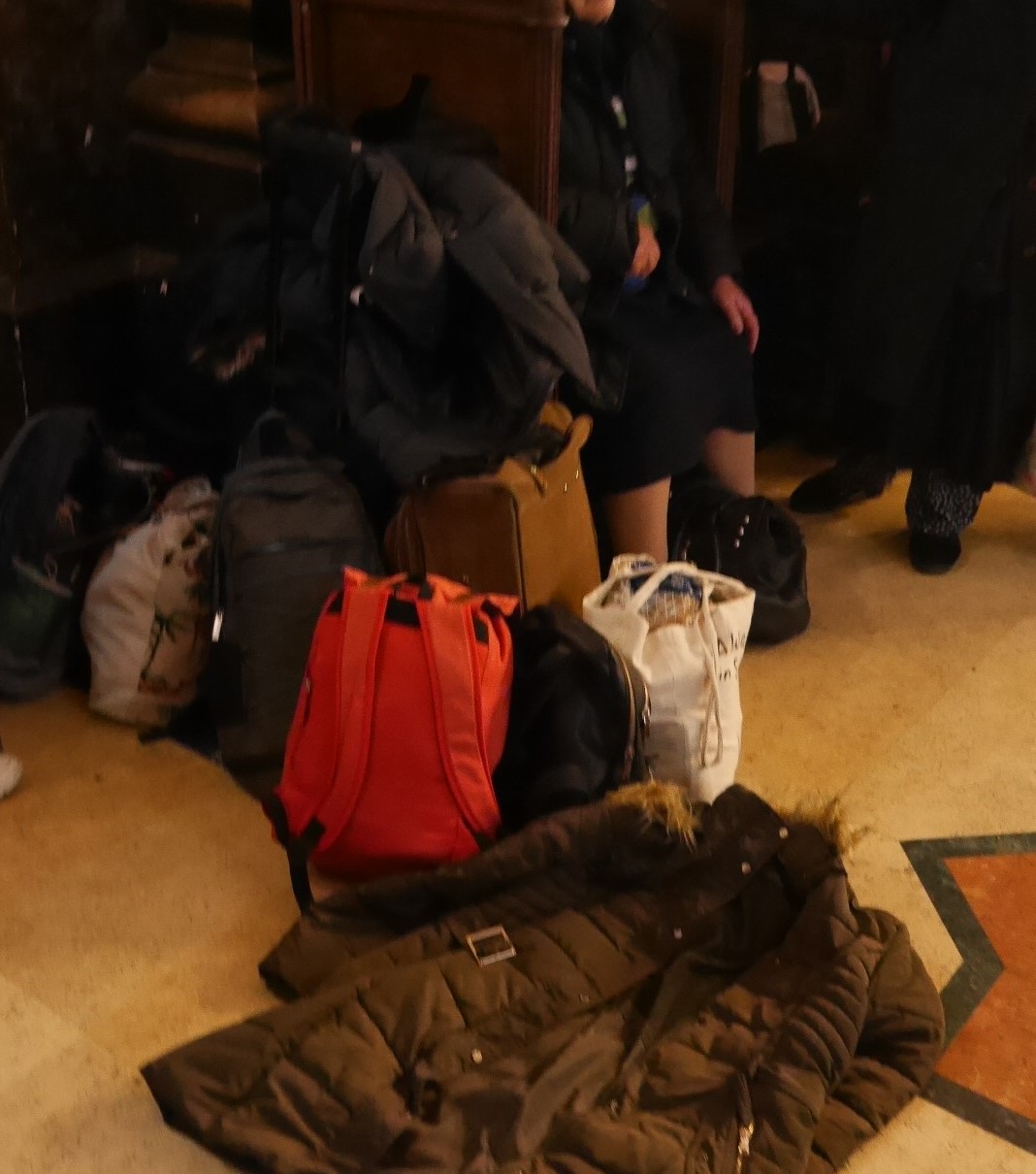
The media, attracted by the pilgrimage, its plasticity and the potential of history and stories. We admire the Pilgrim or we hate him – and the media knows it:

Barbecues are sizzling not far from the place of pilgrimage! And not for nothing, because waiting, cold and effort cause hunger. Pilgrims are people, not saints. And pilgrimage is also a national holiday, it requires joint joy:
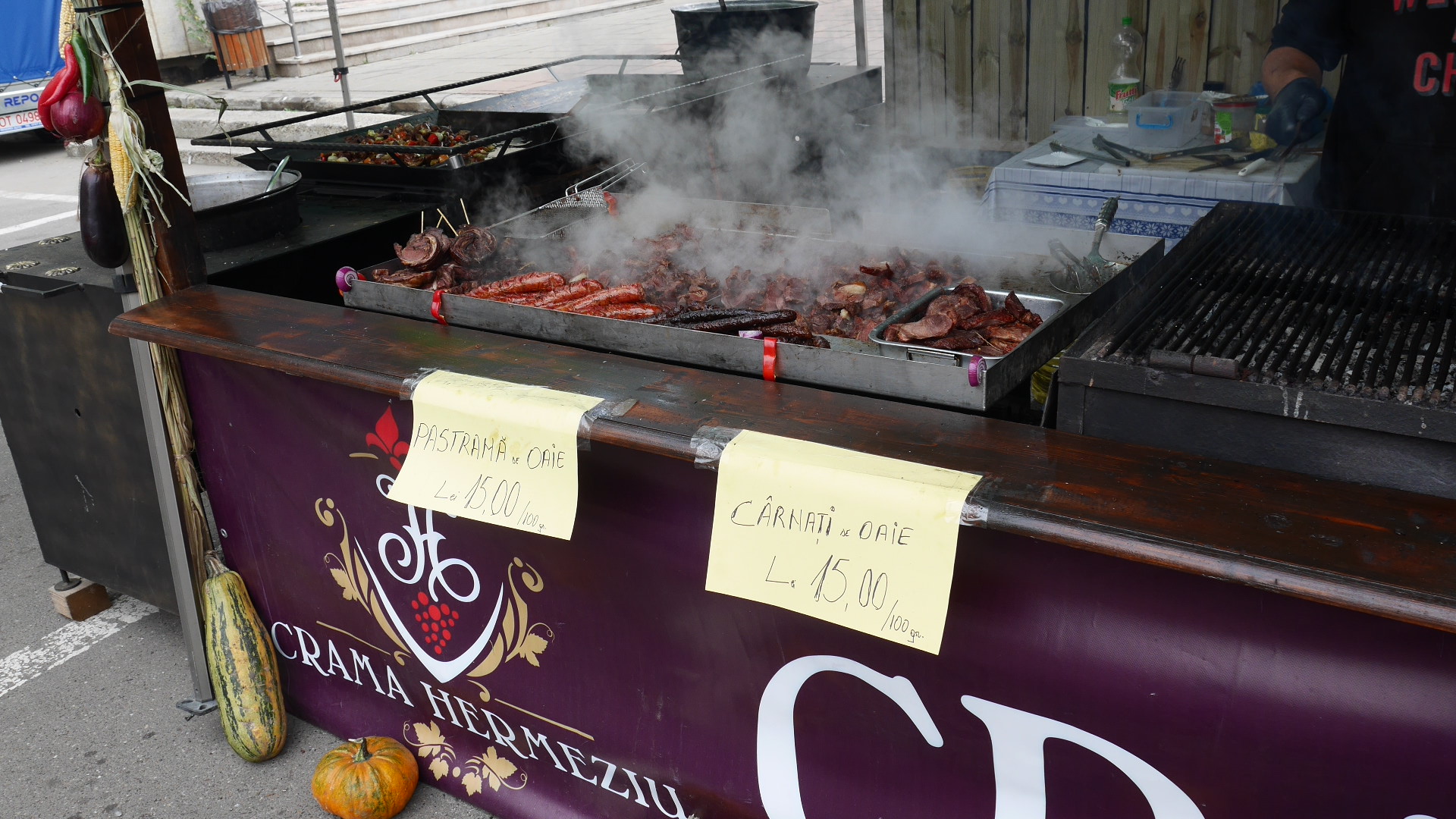
Fur and leather fair. One of the largest in the country, if not the largest. A memory of a period when the pilgrimage also represented the transition from autumn to winter, thanks to the calendar date, and the trip to Iass was a good opportunity to prepare for the cold. As winter approaches this year, fur will acquire new utilitarian and creative values.

Smell is the strongest marker of identity and the most effective vector of memory. Pilgrimage smells like basil. The city of Iasi smells of linden in summer, and basil and chrysanthemum in autumn. Anyone who has been on a pilgrimage can confirm this:
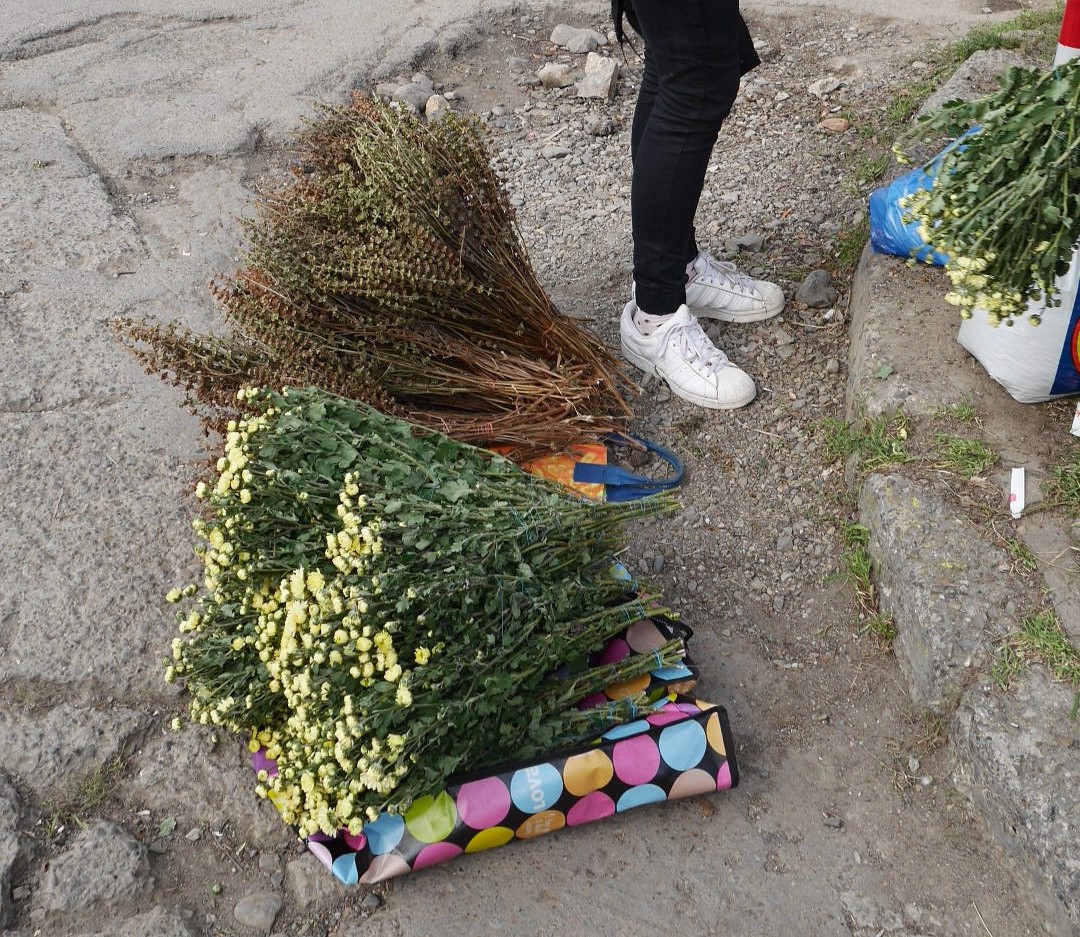
Ha Mary, pilgrim Mary! No, her name is not Maria, I just played with words, I don’t really know her name. Whatever I say or add to this image, I consider it extra. Or, as our outstanding compatriot Yevhen Ionescu said, “a word kills an idea!”:
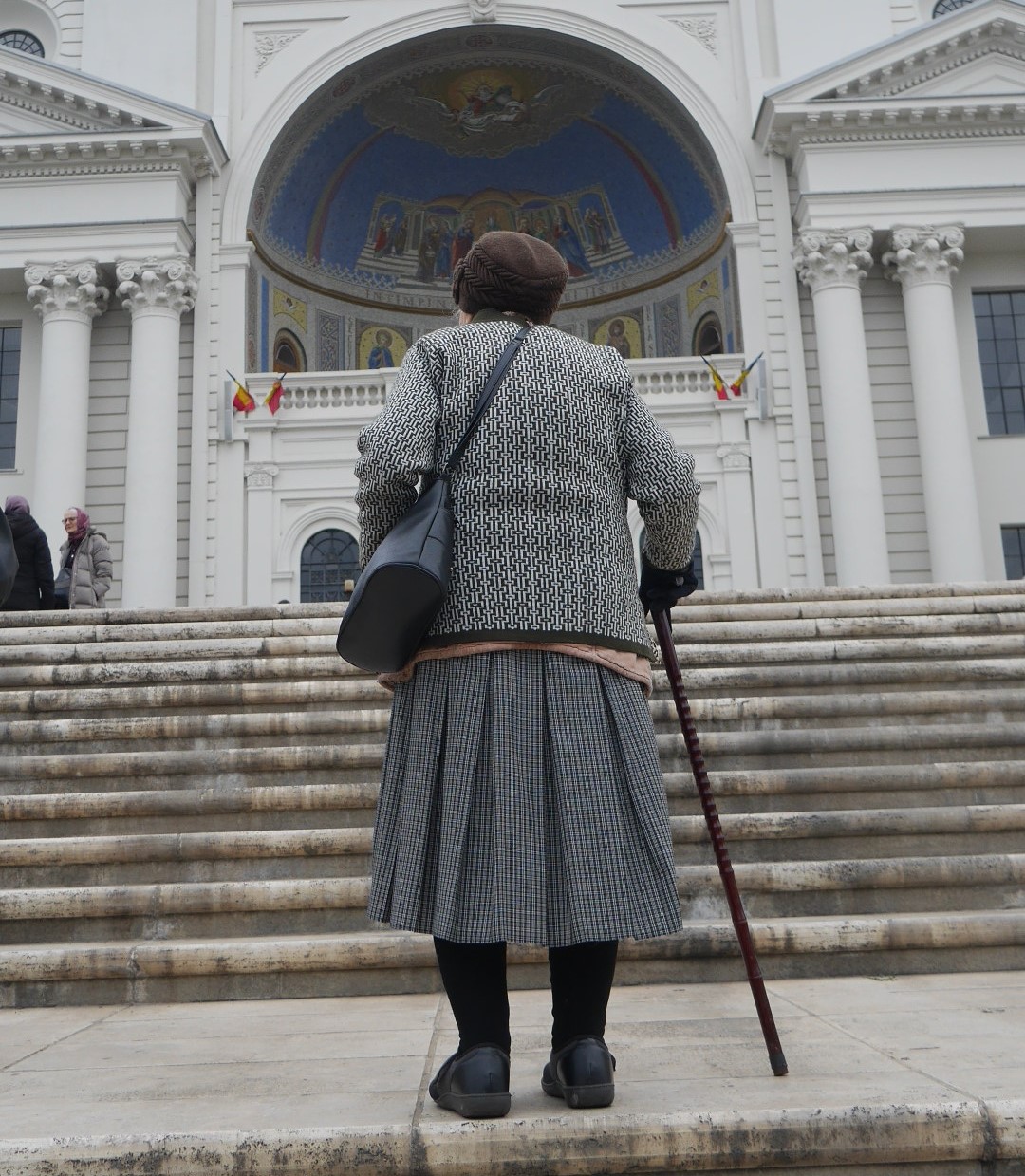
N. Red: Mirel Banika is a researcher in the field of anthropology of religions and, from time to time, a journalist.
Source: Hot News RO
Robert is an experienced journalist who has been covering the automobile industry for over a decade. He has a deep understanding of the latest technologies and trends in the industry and is known for his thorough and in-depth reporting.